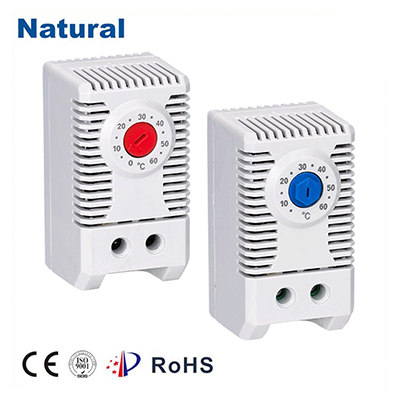Introduction

In the realm of modern technology, high temperature thermostats play a crucial role in maintaining precise and stable temperature control for a wide range of applications. From industrial processes to scientific experiments, these sophisticated devices have revolutionized the way we manage extreme temperatures. In this article, we will delve into the significance and functionality of high temperature thermostats, exploring their various applications and highlighting their impact on diverse fields. Understanding High Temperature Thermostats High temperature thermostats are advanced temperature control systems designed to regulate and maintain elevated temperatures with a high degree of accuracy. Unlike conventional thermostats used in homes, which typically manage temperatures within a comfortable range, high temperature thermostats are engineered to handle extreme conditions, often exceeding several hundred degrees Celsius. This capability makes them indispensable in industries such as metallurgy, petrochemicals, aerospace, and materials science. Functionality and Components The core functionality of a high temperature thermostat revolves around its ability to accurately sense temperature fluctuations and make instantaneous adjustments to maintain a target temperature. These thermostats consist of several key components, including: Temperature Sensor: High temperature thermostats employ advanced temperature sensors, such as thermocouples or resistance temperature detectors (RTDs), capable of withstanding the extreme temperatures they regulate. Controller Unit: The controller unit processes temperature data from the sensor and compares it to the desired temperature set by the user. It then sends signals to the heating or cooling elements to maintain the desired temperature. Heating or Cooling Elements: These components are responsible for altering the temperature of the controlled environment. For high temperature applications, heating elements like resistive heaters or induction coils are often used. Applications Across Industries Metallurgy: High temperature thermostats are integral to the process of heat treatment in metallurgy, ensuring precise control over the transformation of metal properties. This is essential for producing materials with desired hardness, strength, and ductility. Aerospace: Testing and development of aerospace materials require controlled high temperatures to simulate extreme conditions encountered during flight. High temperature thermostats aid in evaluating the behavior of materials and components under these challenging environments. Petrochemicals: Industries involved in refining and chemical processing rely on high temperature thermostats for the synthesis of chemicals and materials, where accurate temperature control is vital to ensure optimal yields and product quality. Materials Science: Researchers studying new materials, polymers, and composites benefit from high temperature thermostats to replicate specific conditions for experiments and analyses. Electronics Manufacturing: High temperature thermostats play a role in soldering and annealing processes during electronics manufacturing, helping to create reliable and durable electronic components. Conclusion In an era driven by innovation and technological advancement, high temperature thermostats have emerged as indispensable tools in numerous industries and scientific disciplines. Their ability to maintain precise temperature control under extreme conditions has revolutionized processes, enabled groundbreaking research, and elevated the efficiency and quality of various applications. As technology continues to evolve, it is certain that high temperature thermostats will remain at the forefront of temperature management, pushing the boundaries of what is possible in diverse fields and contributing to the progress of human knowledge and achievement.